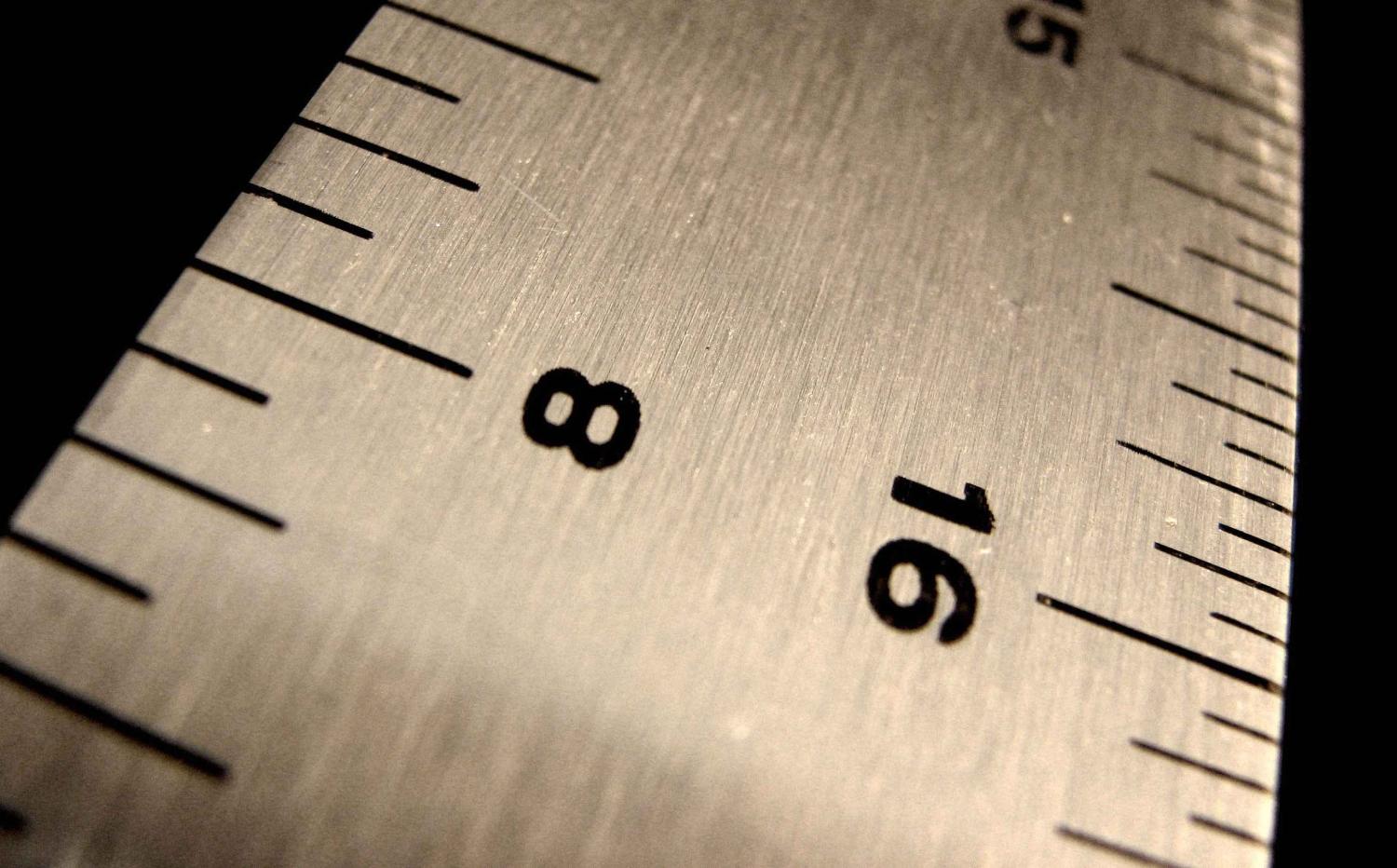In her article “How Australia crossed a line in the Timor Sea”, Kim McGrath claims that Australia had evidence supporting Indonesia’s claim in maritime boundary negotiations – but buried it.
This serious charge is not substantiated by the 1970 report from then Bureau of Mineral Resources (BMR) which McGrath cites. Rather, she seems to have misunderstood the report, and quotes from it selectively.
I can share an insight as someone involved in Australia’s maritime boundary negotiations in the 1970s, in what was then the Department of National Development.
As McGrath acknowledges, the negotiations between Australia and Indonesia regarding this area focused on whether the seabed between Australia and Timor was considered to comprise a single continental shelf or two separate continental shelves. If, as Indonesia argued, it was a single, shared continental shelf, the usual rule was to divide it by a median line. If, as Australia argued, it comprised two separate continental shelves, the boundary would follow the line where the two shelves joined.
A key factor in the negotiation was the status of the Timor Trough. Australia’s position was that the Timor Trough is a subduction zone, or an area where continental plates collide, with one being pushed under the other. The Australian Plate is subducting, being pushed under, the Timor Plate.
McGrath quotes the BMR report as saying “there was no evidence of oceanic crust at the bottom of the Timor Trough”, and claims that this advice supported Indonesia’s position.
What this fails to explain is that oceanic crust would not be expected to be found in a subduction zone; rather, oceanic crust would be present if there were two continental plates that were not touching. Here, one plate is subducting the other, so there is no intervening oceanic crust.
McGrath omits the next part of the BMR report:
Marked differences in structural environments on either side of the Trough and probable major structures in the trough itself provide both support and reason for the physical separation of the Sahul and Sunda Shelves in this region.
In other words, there are two separate shelves.

